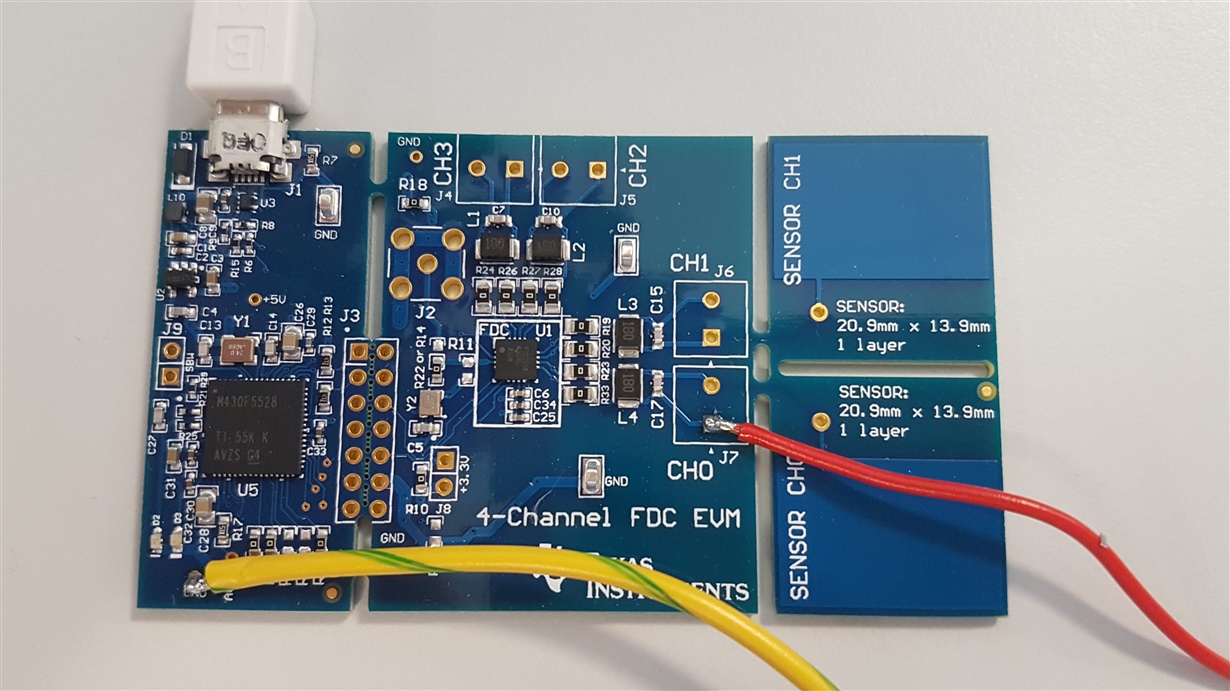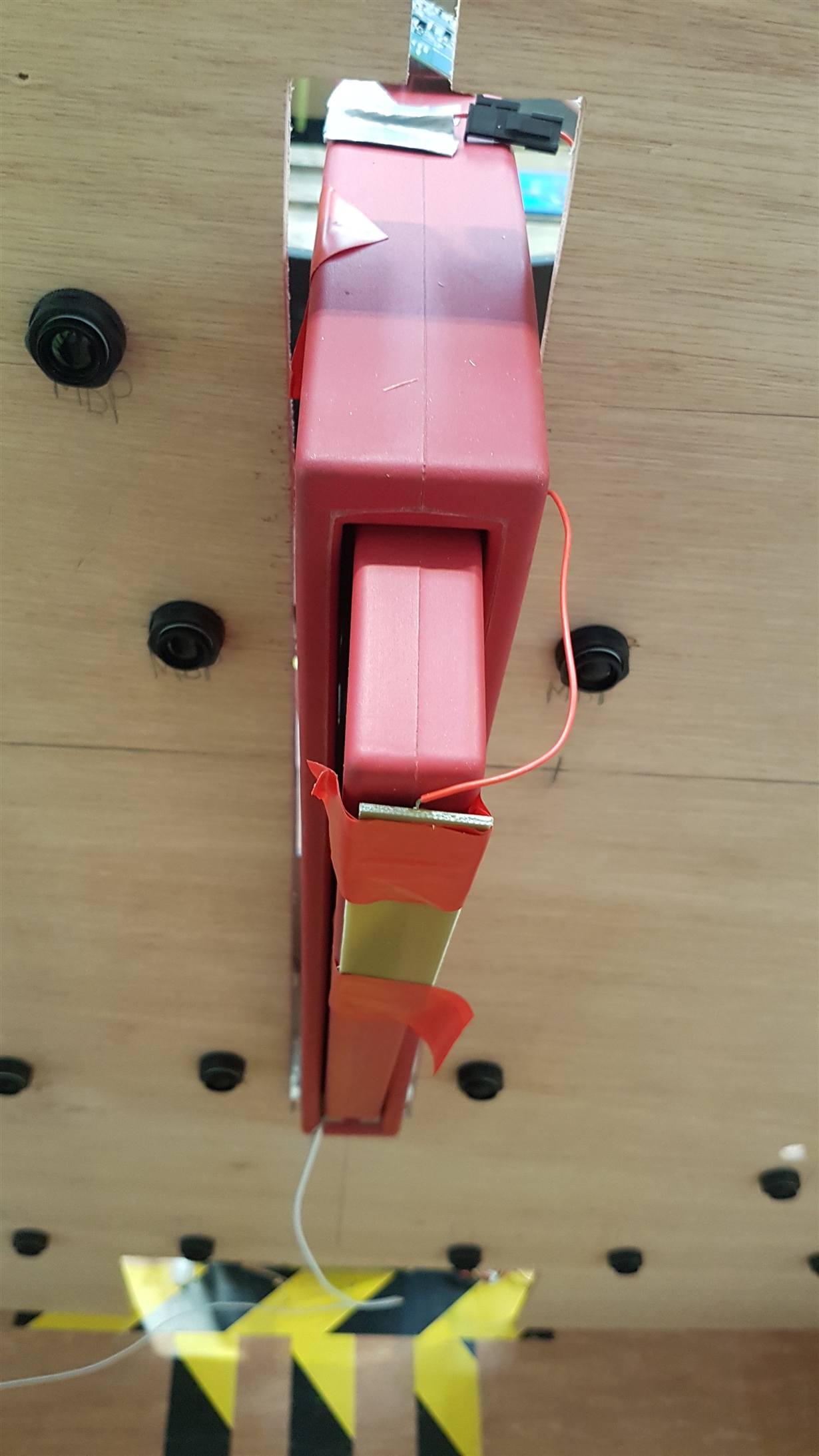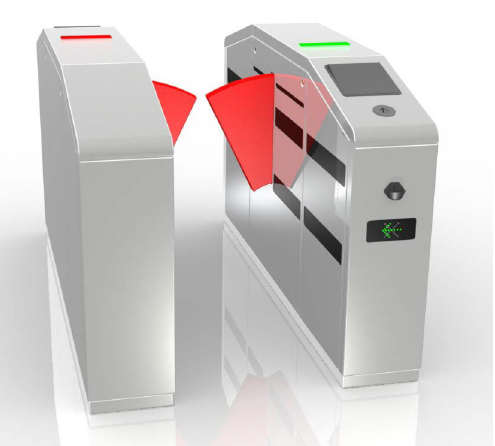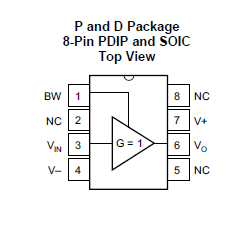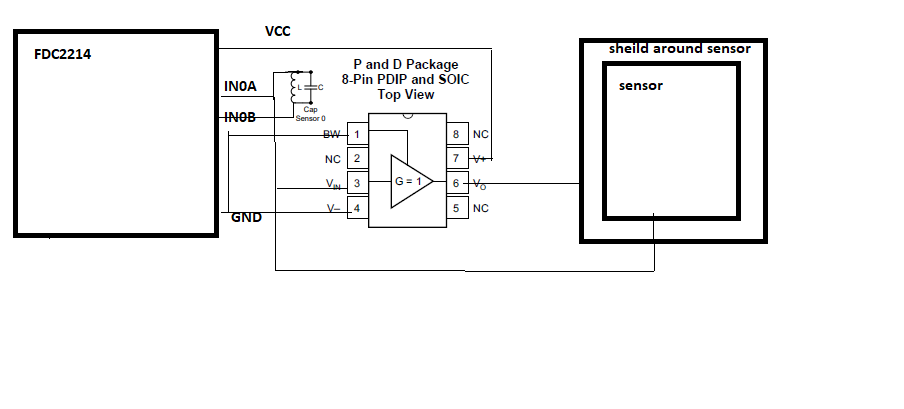Other Parts Discussed in Thread: FDC2214PROXSEN-EVM, FDC2214, BUF634, FDC1004
Hi there,
I have bought this EVB and trying to make and evaluate a proximity sensor to detect human body or hand in a gate. The gate has metal flap which are covered by plastic.
I tried to evaluate the sensitivity of this EVM by connecting a bigger rectangular sensor 3cm x 16cm to EVM and mount it on the flap in gate.
The sensitivity of sensor is hugely reduced when sensor is mounted on edge flap in comparison to when the sensor is just on a wooden table with not much metal around it.
Is there any way that I could shield it or do something that effect of metal parts on the sensor is decreased and I get better sensitivity/ higher proximity detection range?
The mentioned size is the biggest size I could get, is there any consideration related to shape of sensor which increase its sensitivity or proximity detection rage?
I have seen a proximity demo sensor (www.ti.com/.../FDC2214PROXSEN-EVM) with this chip and MCU that it is claimed to detect 10 cm proximity when it is float or 50 cm when ground is connected to earth.
I am using almost the same size sensor for EVM but sensitivity is low (1-2 cm) in comparison to FDC2214PROXSEN-EVM, how could get the same sensitivity?
Many thanks
Many thanks
Amin


